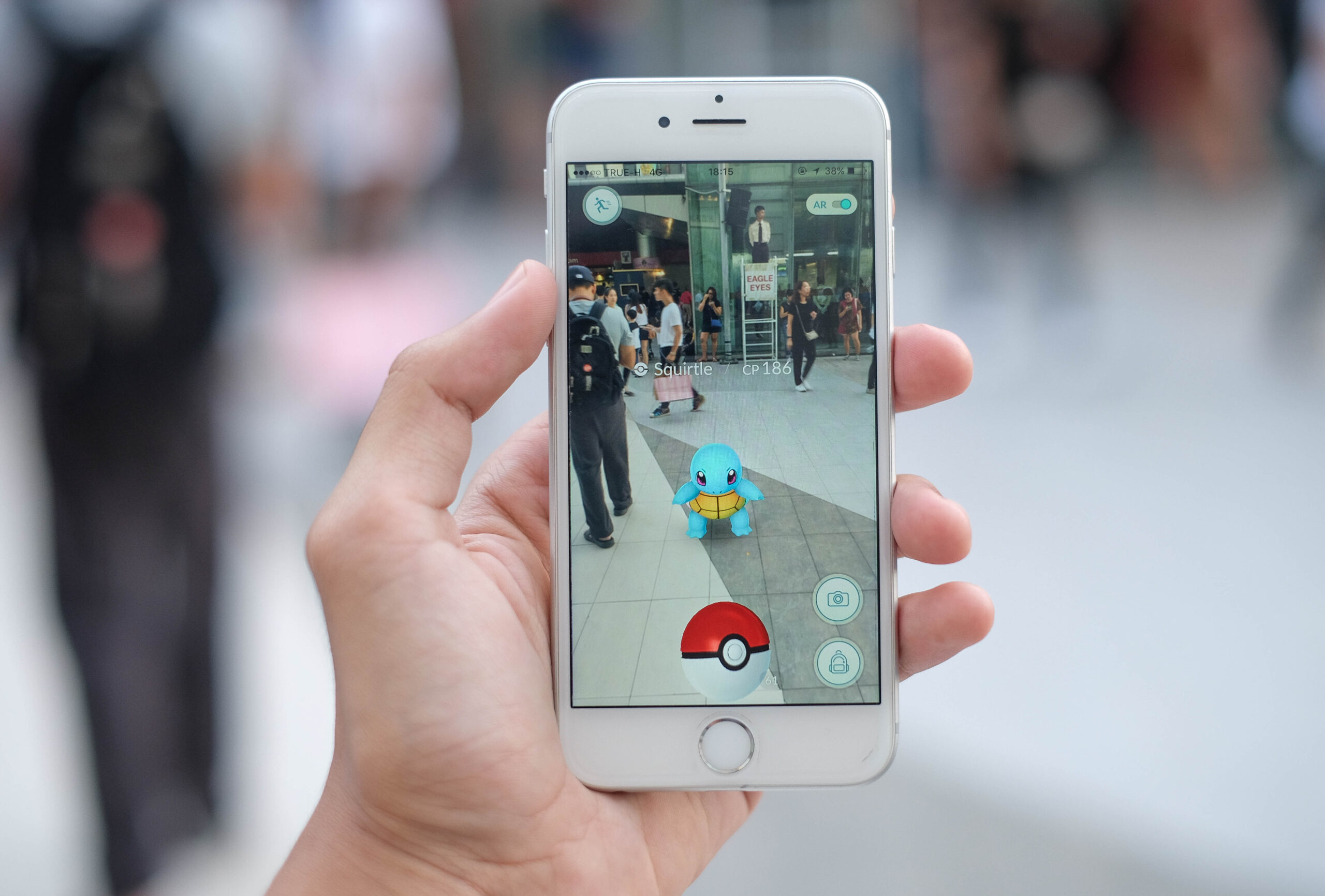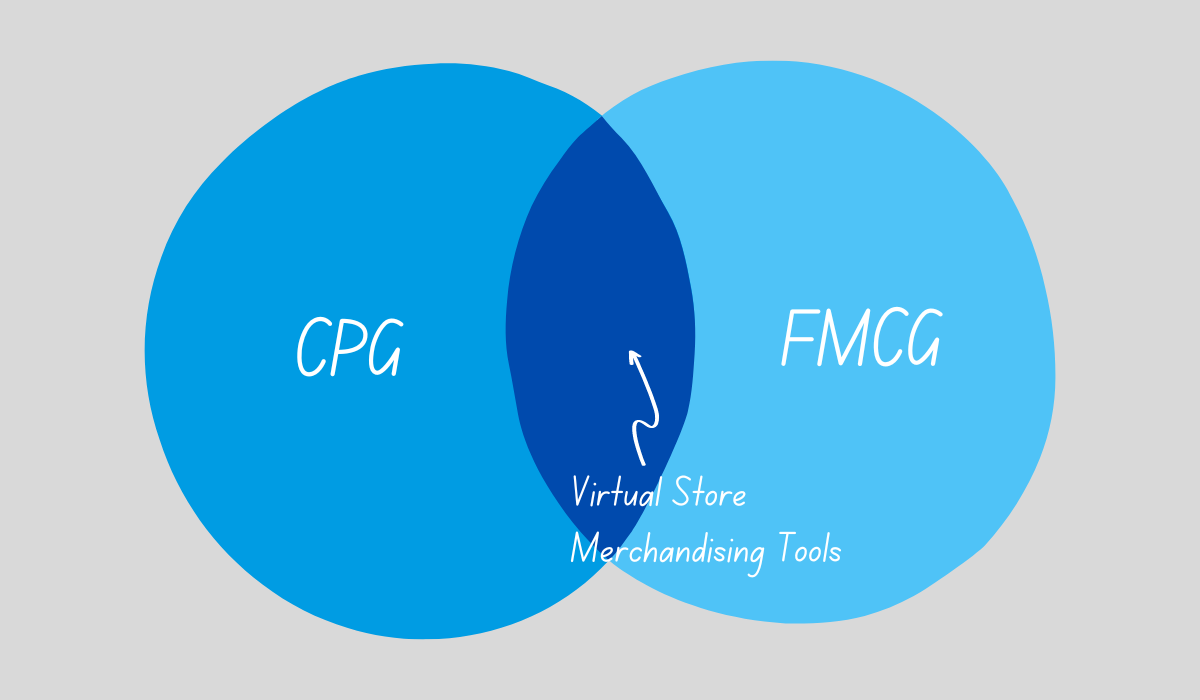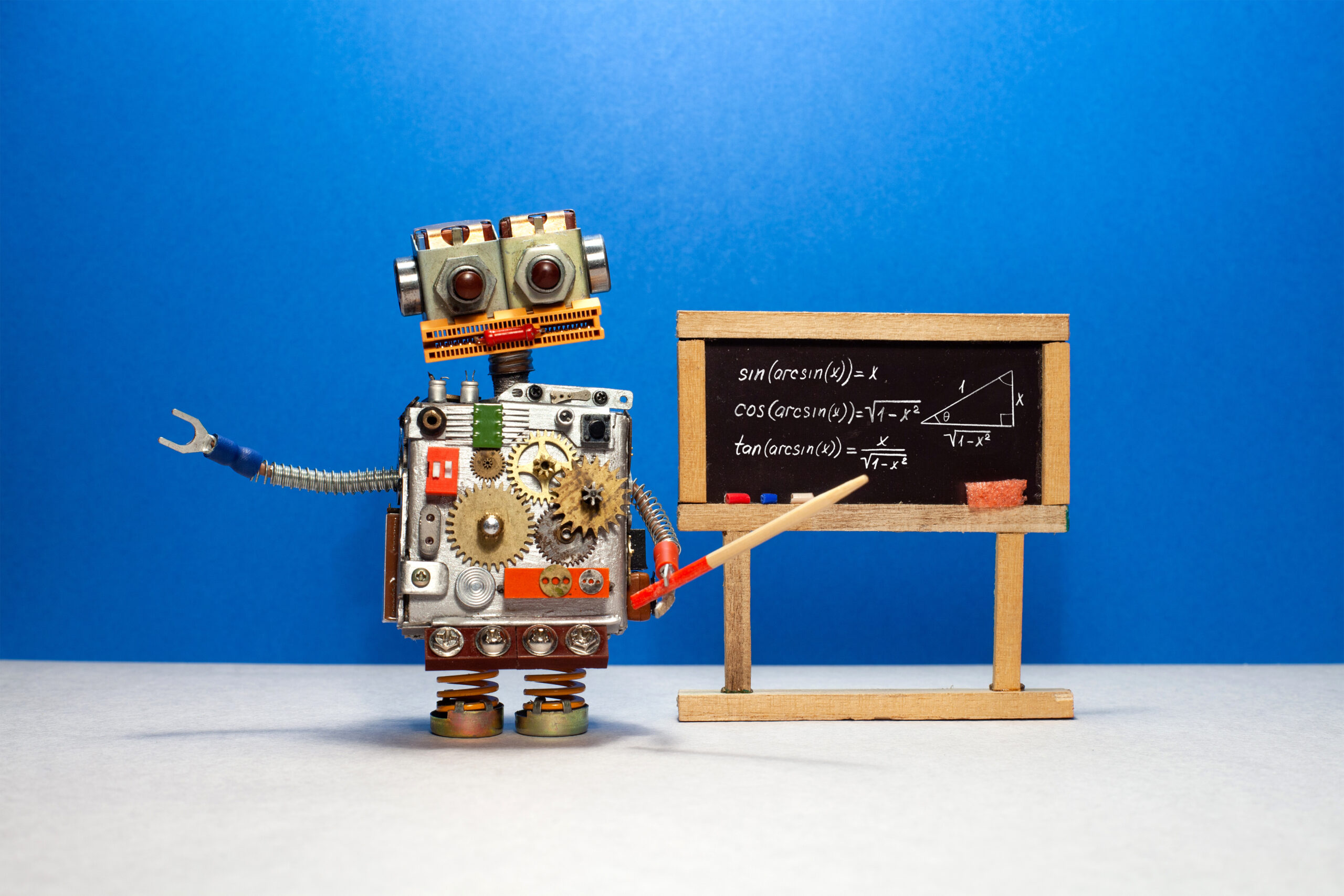In the last five years, the adoption of virtual reality (VR) technology has grown by over 50% across multiple sectors, transforming many aspects of business, including how we train employees. This rapid growth raises an important question for retailers: How effective is virtual reality training in real-world retail settings? In this blog post, we will explore the definition and types of VR training, discuss its benefits to retail environments, and examine real-world case studies of major retailers implementing this technology. Join us as we delve into the virtual reality world and explore the possibilities it brings to retail training.
What’s at Stake With Employee Training?
Although it might seem obvious, properly training employees is more important than many businesses realize, especially for larger retailers. While one mistake in isolation might not seem like a big deal, scaling that mistake across multiple employees and stores can lead to significant losses. This can include lost sales, wasted time, and reduced efficiency. According to an article by Alloy Business Alignment, despite the best intentions, only a small fraction of employers are getting training right. Nearly 59% of employees claim they had no workplace training and that most of their skills were self-taught. This lack of structured training can lead to major missteps in company culture, performance expectations, and work habits formed over time. Without a proper training program, retailers risk creating a workforce that is inconsistent in delivering the brand experience, leading to dissatisfied customers and decreased sales.
Inadequate training also affects employees’ perception of their company.
In fact, 70% of employees would be somewhat likely to leave their current jobs to work for an organization known for actively investing in employee development and learning. This statistic highlights how critical training is to employee retention and satisfaction. An under-trained workforce can impact your bottom line, erode company culture, and undermine the potential of your employees. Investing in comprehensive training programs enhances employee performance, fosters loyalty, and reduces turnover, ultimately leading to a more efficient, effective, and engaged workforce. For large retailers, the scale of operations makes the impact of training—or the lack thereof—exponentially more significant, emphasizing the need for well-structured, ongoing employee development initiatives.
Understanding Virtual Reality Training
So, what does virtual reality have to do with retail? More than you might think. To truly grasp the potential of virtual reality (VR) training, it’s essential first to understand what VR itself entails. While many associate VR primarily with video games, it extends beyond entertainment. VR is an immersive technology that creates a simulated environment, allowing users to interact with 3D worlds, most commonly through a VR headset and controllers.
This technology can replicate real-world scenarios, making it a powerful tool for education and training. By placing learners in lifelike situations, VR enables experiential learning that traditional methods cannot match, providing hands-on experience without real-world consequences. Understanding this broader application of VR highlights its transformative potential in various fields, including retail training.
VR Training in Retail
Virtual reality (VR) training in retail involves using immersive VR technology to create realistic simulations of various retail scenarios for training purposes. This training method uses VR headsets and motion-tracking devices to place employees in a three-dimensional, interactive environment where they can practice and develop their skills. Unlike traditional training methods, which may rely on written materials or videos, VR training provides a cost-effective, hands-on, experiential learning experience. Trainees can navigate through virtual store layouts, interact with virtual customers, and practice tasks such as inventory management, product assembly, and customer service in a controlled and risk-free setting.
VR training works by creating a virtual environment that mimics real-life retail settings. Employees wear VR headsets that provide a 360-degree view of the virtual space, allowing them to look around and move within the environment as if they were physically present. Motion sensors and handheld controllers track their movements and interactions, enabling them to perform tasks just as they would in an actual store. This immersive approach helps employees learn by doing, which can enhance retention and comprehension of the training material. For example, a trainee might practice handling a difficult customer interaction or restocking shelves, receiving immediate feedback and guidance within the VR simulation. This realistic and engaging training method helps employees build confidence and proficiency before encountering these situations in the real world.
Types of VR Training in Retail
In retail, various virtual reality (VR) training programs enhance employee skills and efficiency.
Customer service simulations are one of the most common applications of VR training in retail. These training scenarios immerse employees in virtual environments where they interact with virtual customers, learning how to handle different situations, from addressing customer complaints to providing exceptional service. VR training helps employees develop soft skills and build confidence, ensuring they are well-prepared to deliver high-quality customer interactions in real-world settings.
Another vital use of VR training in retail is product knowledge training. Through virtual reality, employees can explore detailed 3D models of products, learning about their features, functionalities, and benefits without needing physical inventory. This type of training is particularly useful for complex or high-value products, enabling staff to answer customer queries accurately and confidently.
Another significant application of VR, and augmented reality (AR), training is employee training for planogram merchandising. Employees can navigate virtual store layouts, learning to correctly place products according to the store’s planogram, ensuring optimal product placement and visual merchandising. By experiencing these high-stress situations virtually, employees can learn and retain critical safety procedures more effectively.
Additionally, VR training programs include safety protocols, crucial in environments where physical safety is paramount. These VR scenarios can simulate emergencies like fires or active shooter events, allowing employees to practice appropriate responses in a safe, controlled environment.
Overall, the integration of virtual reality training in retail offers a dynamic and immersive approach to employee development, enhancing their skills across various aspects of their roles and contributing to a more knowledgeable, efficient, and confident workforce.
Benefits of Virtual Reality Training for Employees in Real-World Retail Settings
According to an article released by LinkedIn, only 90% of traditional training methods actually “stick” in the workplace and lead to changed employee behavior. This is because traditional training often relies on passive learning techniques, such as lectures and reading materials, which do not engage employees effectively. These methods lack the interactive and immersive elements necessary to fully capture an employee’s attention and facilitate deep learning.
Additionally, traditional training typically occurs in a controlled environment that does not accurately reflect real-world scenarios’ dynamic and unpredictable nature. Without practical, hands-on experience, employees struggle to apply what they’ve learned once they return to their everyday tasks. Consequently, much of the training is quickly forgotten, and the desired behavioral changes fail to materialize, resulting in wasted resources and missed opportunities for improvement.
This is where the benefits of VR training come in. Let’s take a look:
Improving Employee Performance and Customer Satisfaction
The success of any store hinges on its employees’ ability to handle in-person customer inquiries efficiently and provide exceptional service. Proper training ensures that employees are well-versed in using modern tech tools for store maintenance, which drives sales. Virtual reality (VR) training offers an immersive learning experience that enhances employee performance and customer satisfaction. For example, Walmart has implemented VR training programs to improve their staff’s customer service skills, resulting in higher customer satisfaction scores and more confident, knowledgeable employees.
Hands-On, Immersive Training Experiences
Humans learn best by doing, and VR training offers unparalleled hands-on, immersive experiences. VR’s functionality includes using 3D images and holographic displays, allowing employees to get an in-depth view of the product or procedure they are learning. This immersive training helps new staff understand and apply concepts more effectively. For instance, Lowe’s Home Improvement uses VR training to teach employees how to use power tools safely and efficiently, providing an overlay of real-world situations that make the training practical and memorable.
Practicing and Making Mistakes in a Safe Environment
Learning from mistakes is a critical part of the educational process, but not all industries can provide a safe environment for practice. VR training allows retail employees to practice handling customer inquiries, managing merchandise displays, and more without the risk of real-world consequences. This safe practice environment is similar to how airplane pilots use flight simulators before flying an actual plane. For example, Sephora uses VR to train employees on makeup application techniques, allowing them to experiment and perfect their skills without any risk to actual customers.
Customization for Specific Job Roles and Tasks
Corporate training needs to be tailored to employees’ specific roles and tasks, and VR technology facilitates this customization. Retailers can develop tailored VR training experiences that address the unique needs of different job roles, ensuring that training is relevant and effective. Walmart’s VizPick, a VR training solution implemented in 2021, helps associates quickly identify and move items using augmented reality technology. This specific training for inventory management processes highlights how VR can be customized to improve efficiency in various retail operations.
Increased Engagement and Motivation for Employees
VR training is simply more fun than traditional methods. Companies like Sephora have switched to VR training because it offers a more dynamic and interactive learning experience. Gamification elements in VR training modules make the process enjoyable and competitive, encouraging employees to perform better. This approach particularly appeals to younger employees, who are more accustomed to digital and interactive content. Using smartphones and VR headsets in training keeps employees engaged and motivated, leading to higher retention rates and improved performance metrics.
Broad Training Reach
One of the biggest benefits of VR training for retail is its ability to reach a broad spectrum of employees, effectively multiplying the impact of its other advantages while realizing cost savings. Traditional training methods are often limited by logistical constraints, such as the need for physical space, scheduling conflicts, and travel costs, which can hinder the scalability of training programs. VR training, however, transcends these barriers by providing a consistent and immersive learning experience that can be accessed from anywhere at any time.
This flexibility allows retail businesses to train large numbers of employees simultaneously, ensuring that everyone receives the same high-quality instruction regardless of location or shift patterns. As a result, the benefits of enhanced engagement, realistic scenarios, consistent training, and cost efficiency are amplified across the entire workforce, leading to a more knowledgeable, skilled, and cohesive team.
Can This All Really Work?
While using VR and AR for training in retail settings sounds revolutionary, many may doubt its feasibility, believing the goals are too lofty or the technology too complicated. However, VR is rapidly becoming an integral part of everyday life for many people. According to a PwC report, employees trained using VR were up to 275% more confident in applying skills learned after training, a 40% improvement over traditional methods. Furthermore, the global VR market is projected to reach $62.1 billion by 2027, showcasing its growing adoption and effectiveness across various industries. These statistics indicate that VR is achievable and highly beneficial when implemented correctly.
Implementing VR training effectively in retail requires more than simply tossing on a VR headset and pressing play; it involves partnering with experts who can tailor the experience to meet specific training needs. This collaboration is crucial for successfully integrating VR training into retail operations. Rolling out VR training requires a strategic approach to ensure everything is set up and executed correctly. Businesses must remain engaged throughout the implementation process to maximize the training’s benefits. A well-designed VR training program can significantly improve employee performance, customer satisfaction, and overall business efficiency. Let’s explore how InContext can help make this a reality for your retail business.
Next Level VR Training With InContext
If your retail training includes planograms, shelf arrangements, or product merchandising, our expertise at InContext runs deep. We can help make these trainings far superior to what anyone else is doing because we use the same technology that allows companies to test their strategies with 96% correlation rates before implementing changes. This collaborative approach helps businesses maximize the benefits of their training initiatives, leading to better-prepared employees and more efficient operations. There would be no better real-world comparison for your employees.
VR and AR technology in retail isn’t just for onboarding new employees; it also enables existing retail staff to quickly hone their skills and work more efficiently. At InContext, our retail execution platform, SMX GO, leverages AR, 3D modeling, and gamification to bring immersive training scenarios directly to store associates.
A common use case for this technology includes managing displays, signage, fixtures, and planograms. Store associates can view detailed 3D models, text, images, and videos using their smartphones or headsets. Providing a digital twin of a physical location, we help employees understand how to best arrange merchandise and signage on-site and in real-time. This approach ensures that all stores maintain consistent and optimized layouts, enhancing operational efficiency and the customer shopping experience.
Transform Your Business With InContext
The benefits of VR training in retail are extensive. VR training offers immersive and practical training solutions that enhance employee performance, product knowledge, customer service, safety protocols, and planogram compliance. It provides a dynamic and engaging learning experience that traditional methods cannot match, preparing employees more effectively for real-world scenarios.
The future potential of VR and AR training in retail is vast, with technological advancements promising even more innovative and efficient training solutions. For retail businesses looking to stay ahead, investing in VR training isn’t just a smart move; it’s a necessary one. To leverage the full benefits of VR training, partner with InContext. Our expertise will transform your training processes and drive your success. Discover the possibilities with InContext and elevate your employee training to the next level.





